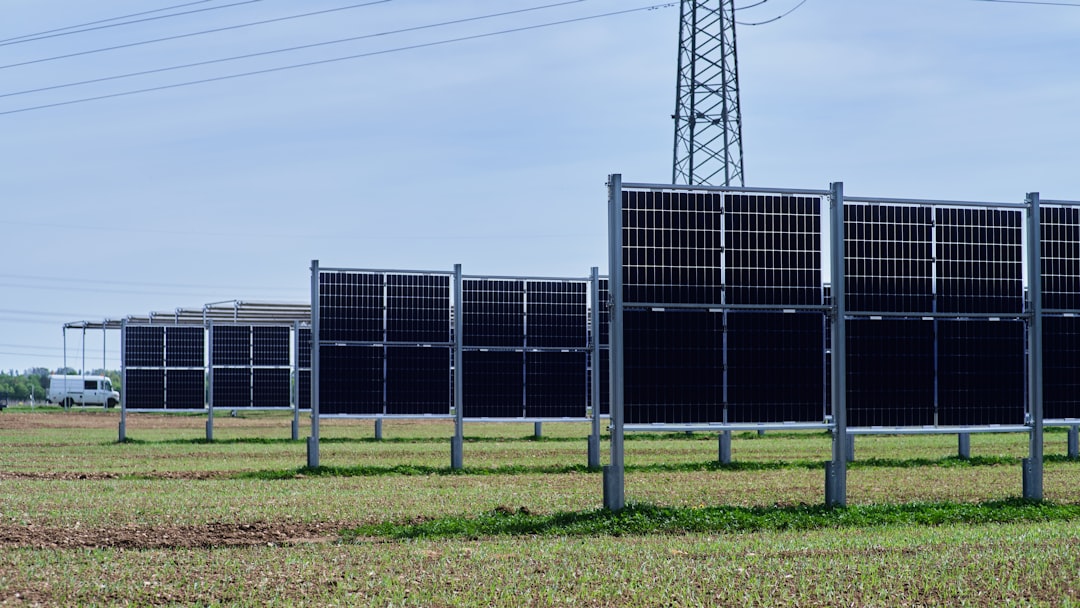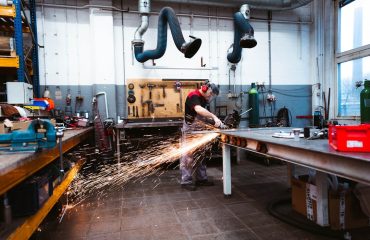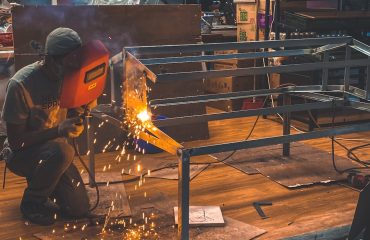Harnessing the power of the sun is a fantastic step towards sustainability, but the journey doesn’t end with choosing the right solar panels. The effectiveness and longevity of your solar energy system heavily depend on a robust and reliable mounting system. This comprehensive guide explores the various types of solar mounting systems, helping you make an informed decision for your specific needs.
1. Understanding the Crucial Role of Solar Mounting Systems
Solar mounting systems are the unsung heroes of solar energy. They are the structural backbone that securely holds your solar panels in place, ensuring optimal sunlight exposure and protecting them from harsh weather conditions. A well-designed system maximizes energy production by precisely orienting panels towards the sun throughout the day. Poorly designed or installed systems, however, can lead to reduced efficiency, panel damage, and even safety hazards. The system’s role extends beyond simple support; it also influences factors like the overall aesthetics of your property and the ease of maintenance.
2. Exploring Different Types of Solar Mounting Systems
The choice of mounting system depends on several factors, including roof type, ground conditions, and the size of your solar array. The most common types include:
- Roof Mounted Systems: These are the most prevalent type, suitable for residential and commercial buildings. They further subdivide into:
- Tile Roof Mounts: Designed to seamlessly integrate with tile roofs, these systems use clamps or hooks to secure panels without causing significant damage to the roof tiles.
- Shingle Roof Mounts: Similar to tile roof mounts, but specifically designed for asphalt shingle roofs. They often utilize flashing to create a watertight seal.
- Metal Roof Mounts: These systems utilize clamps or brackets that securely attach to metal roofing materials like standing seam or corrugated metal.
- Flat Roof Mounts: Ideal for flat roofs, these systems often involve ballast (weight) or penetration methods to secure the panels.
- Ground Mounted Systems: These systems are ideal for large-scale solar farms or situations where roof mounting isn’t feasible. They typically involve sturdy ground posts or racks that support the solar panels at an optimal angle.
- Pole Mounted Systems: These systems are often used in areas with limited ground space or for smaller installations. They involve mounting the panels on a single or multiple poles.
- Carport Mounted Systems: These systems offer a practical solution for integrating solar panels into existing carports or creating new solar-powered carports. They provide shade and clean energy.
3. Key Factors to Consider When Choosing a Solar Mounting System
Selecting the right mounting system requires careful consideration of several factors:
- Roof Type and Condition: Your roof’s structure, material, and condition significantly influence the suitability of different mounting systems. A structural engineer’s assessment might be necessary for complex roof designs.
- Panel Size and Weight: The mounting system must be robust enough to withstand the weight of the solar panels, especially in high-wind or snow-prone areas.
- Local Building Codes and Regulations: Compliance with local building codes and regulations is crucial to ensure safety and legal compliance.
- Environmental Factors: Factors like wind speed, snowfall, and temperature extremes impact the design and durability of the mounting system.
- Aesthetics: While functionality is paramount, the aesthetic appeal of the mounting system can also be a significant consideration.
- Budget: Different mounting systems vary in cost, so budgeting is essential for selecting a suitable and affordable option.
4. Installation and Maintenance of Solar Mounting Systems
Professional installation is highly recommended for solar mounting systems. Improper installation can compromise safety and efficiency. Experienced installers possess the knowledge and tools to ensure a secure and optimized system. The installation process typically involves:
- Site Assessment: A thorough assessment of the location, roof condition, and environmental factors.
- System Design: Creating a detailed design that optimizes sunlight exposure and complies with building codes.
- Component Installation: Securely mounting the racking system, attaching the solar panels, and ensuring proper grounding.
- System Testing and Commissioning: Thorough testing to ensure the system’s functionality and safety.
Regular maintenance, including visual inspections for loose components or damage, is essential to prolong the lifespan of your solar mounting system. Addressing any issues promptly can prevent more significant problems down the line.
5. DIY vs. Professional Solar Mounting Installation
While some individuals may consider DIY installation, it’s generally recommended to engage a professional installer for several reasons:
- Safety: Working at heights and with electrical components requires specialized training and safety precautions.
- Warranty: Professional installers often offer warranties on their work, providing peace of mind.
- Efficiency: Professionals have the experience and tools to complete the installation efficiently and accurately.
- Compliance: Professionals ensure compliance with building codes and regulations, avoiding potential legal issues.
- Optimized Performance: Proper installation maximizes the energy output of your solar panel system.
While DIY kits are available, they are best suited for smaller, simpler projects and require a good understanding of electrical work and structural engineering.
Choosing the right solar mounting system is a crucial decision that impacts the efficiency, safety, and longevity of your solar energy investment. By understanding the various options and factors involved, you can make an informed choice that optimizes your solar power system for years to come.




